Erosional Landforms of Glaciers
Imagine you are standing in the middle of a massive glacier—an endless river of ice stretching as far as the eye can see. At first glance, it seems calm and motionless. But don’t be deceived! Beneath this seemingly frozen world, a slow yet powerful force is at work, reshaping the landscape.
Glacial erosion occurs due to the sheer weight of the ice, which exerts tremendous pressure on the land beneath. The movement of the glacier acts like a gigantic bulldozer, scouring, carving, and plucking the rocks in its path. Over thousands of years, this process creates some of the most dramatic landforms on Earth.
Let’s embark on a journey across a glacier-covered landscape and explore these landforms one by one.
U-Shaped Valleys
Imagine you are in a valley. If the valley has steep sides and a flat bottom, forming a distinct U-shape, chances are, a glacier once moved through it. Unlike rivers, which carve V-shaped valleys, glaciers are massive and slow-moving, applying uniform erosion both horizontally and vertically. This creates valleys with broad, steep walls and flat floors.
Example: Yosemite Valley (USA)—a classic U-shaped valley sculpted by glacial action.

Hanging Valleys
Picture a tributary river joining a main river. Usually, they meet at the same level. But in glaciated regions, tributary valleys often appear “hanging” high above the main valley. This happens because the main glacier, being much larger, erodes its valley deeper than the smaller tributary glaciers.
After the glacier melts, these hanging valleys become the birthplace of beautiful waterfalls as meltwater plunges down into the main valley.
Example: Bridalveil Fall in Yosemite National Park (USA)—a waterfall formed from a hanging valley.

Cirques
At the head of a glacial valley, you will often find a deep, rounded bowl-shaped depression with steep walls. This is a cirque, the place where glaciers are born.
Here’s how it forms:
- Snow accumulates in a hollow at high altitudes.
- Over time, it compacts into ice.
- The glacier erodes the hollow deeper while slowly moving downslope.
- Once the glacier melts, a small lake may remain in the depression—this is called a cirque lake or tarn.
Example: Lake District (UK) and Tarns in the Alps—perfect examples of cirques with lakes.

Horns and Arêtes
Now, imagine climbing a mountain where the peak looks razor-sharp. These pointed peaks, called horns, form when multiple cirques erode a mountain from different sides.
A famous example? The Matterhorn in the Alps—one of the most iconic mountain peaks in the world.
Between two cirques, sharp ridges called arêtes form, creating dramatic, knife-edged landscapes.
Example: Striding Edge in the UK’s Lake District is a well-known arête.
Nunataks
Picture a vast ice sheet stretching endlessly. But here and there, a few rocky peaks rise above the ice, like islands in a sea of snow. These are nunataks, remnants of mountains that withstand the relentless erosion of glaciers.
Over time, glaciers continue to erode them, making them smaller and more rugged.
Example: The Queen Maud Mountains in Antarctica—home to some of the most striking nunataks on Earth.

Fjords
Finally, let’s journey to the coast. Imagine a deep, U-shaped valley partially submerged by the sea. These are fjords, some of the most breathtaking landscapes on Earth.
How do they form?
- Glaciers carve deep valleys below sea level.
- When the glacier melts, seawater floods the valley, creating a deep, narrow inlet.
Fjords are famous for their sheer cliffs, deep blue waters, and stunning scenery.
Example: Norwegian Fjords, like the Sognefjord, are classic examples of glacially-carved fjords.

Conclusion
Glaciers may seem slow, but their impact on Earth’s surface is profound and permanent. They carve, shape, and sculpt landscapes in ways that no other natural force can. The valleys we hike through, the waterfalls we admire, and the deep inlets where the sea meets the land—all are the result of glacial erosion over thousands or even millions of years.


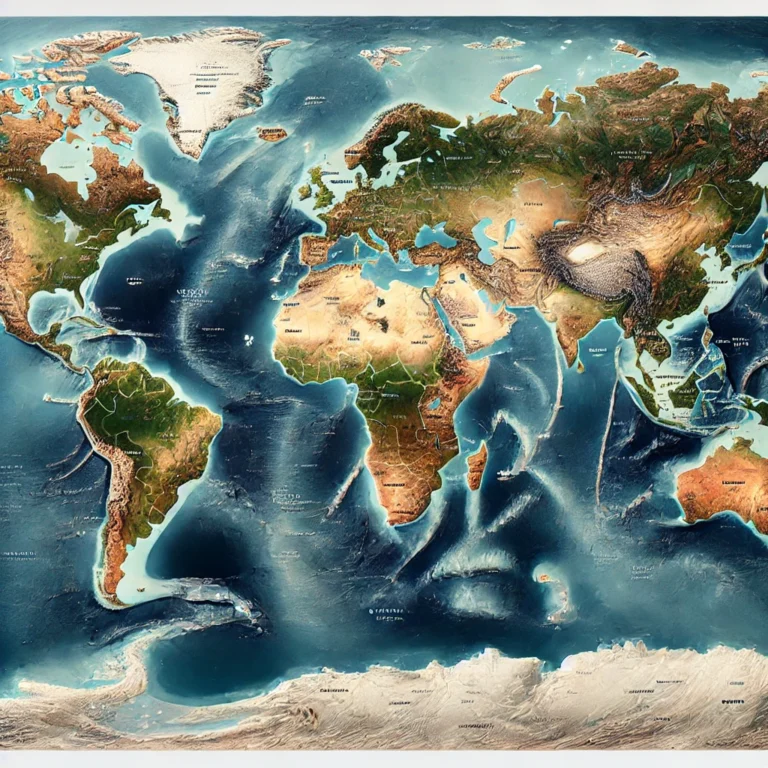
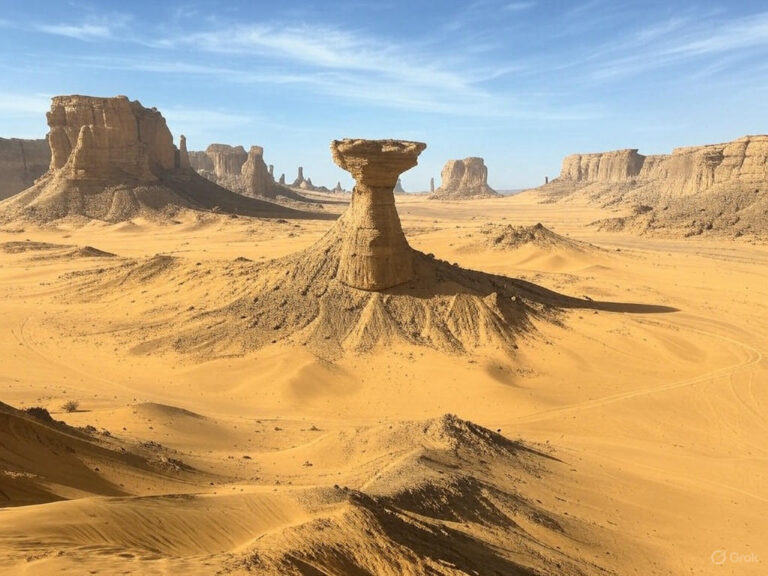
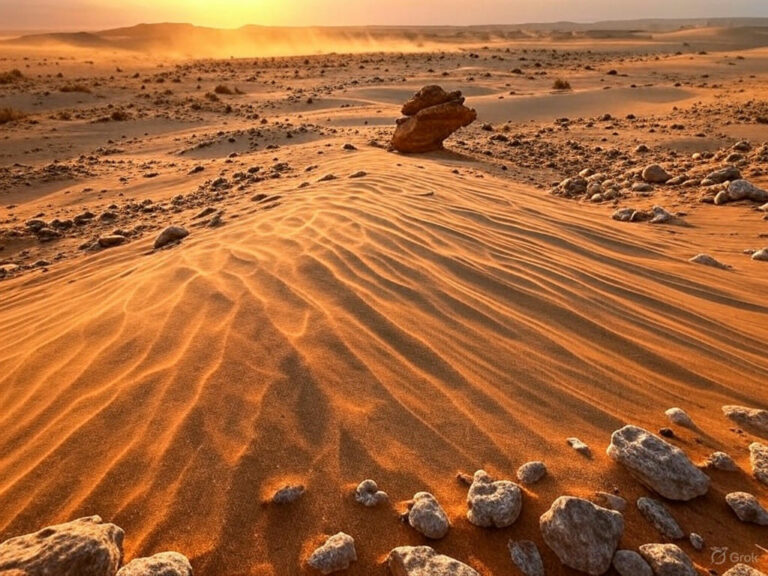
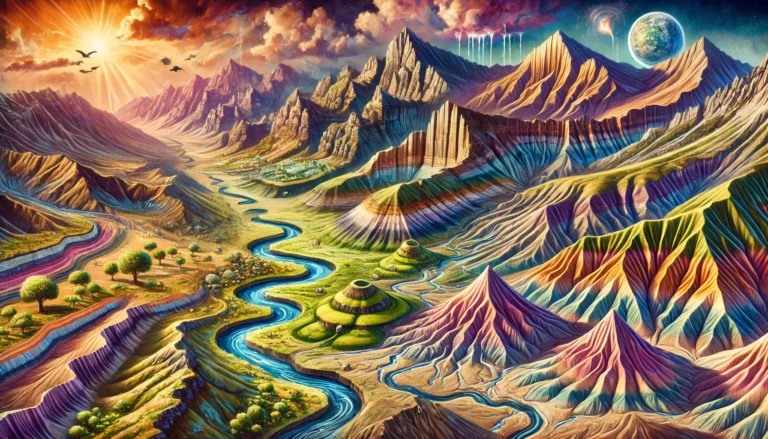
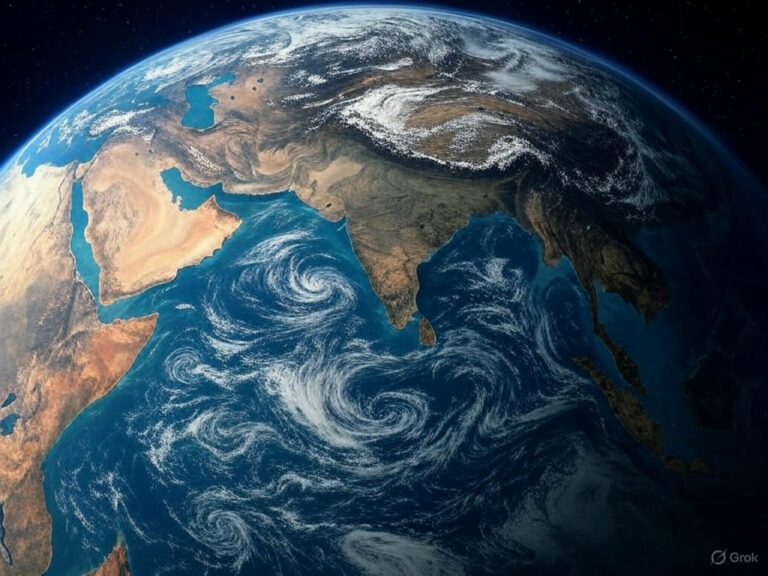
One Comment